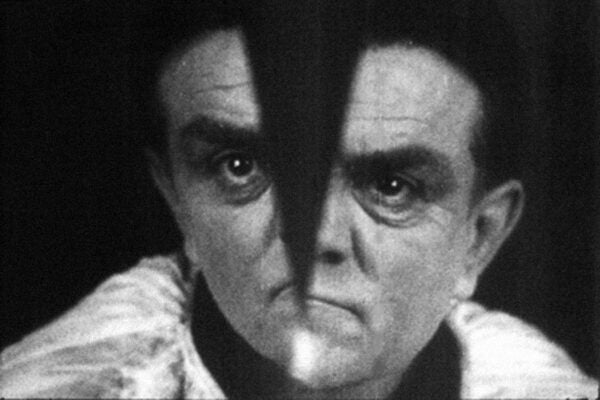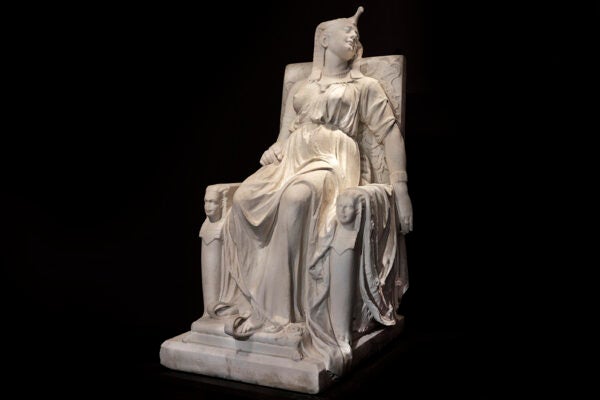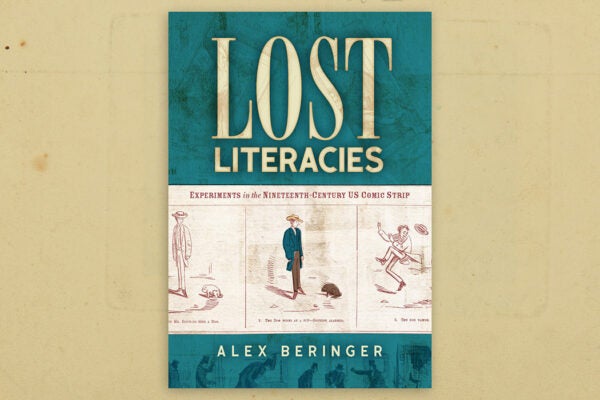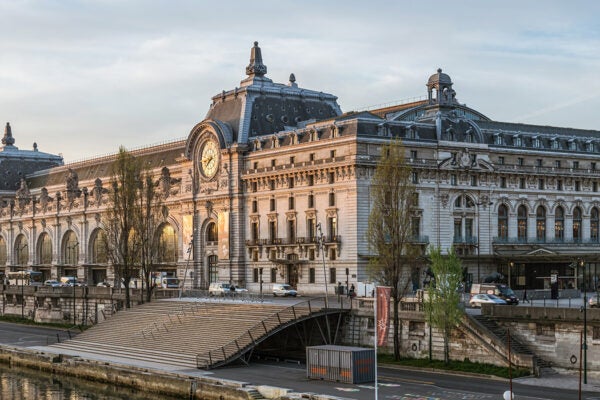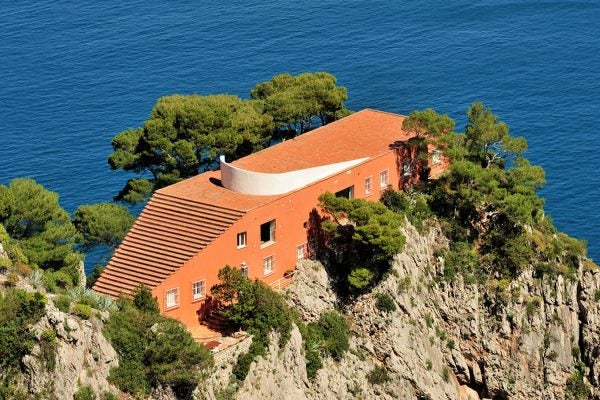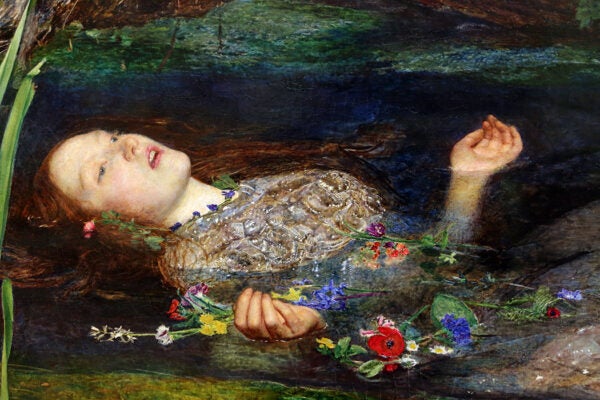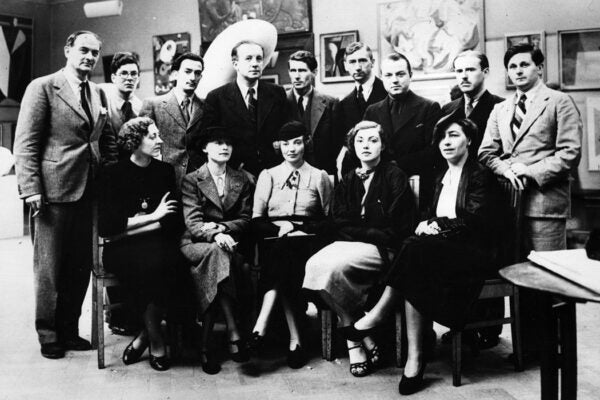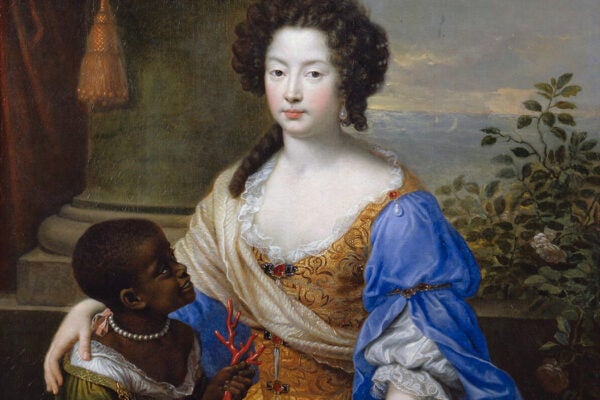Mining for European Art
Advances in painting in early modern Europe were the product not just of artistic innovation but of changes in mining and manufacturing technology.
Surrealism in Cinema, 100 Years On
A century after the publication of the first Surrealist manifesto, the role played by film in the movement is still unfolding.
Cleopatra’s Nose
Edmonia Lewis, a sculptor of African and Native American descent, gave Cleopatra “white” European features in her 1876 representation of the Egyptian ruler.
Becoming Beatrice
Dante adored her so much that he cast her as his guide in the Divine Comedy. But who was Beatrice Portinari?
Lost Literacies Strips Down the Dawn of Comics
In his new book, literary historian Alex Beringer demonstrates how the birth of the genre of printed comic long preceded the Sunday Funny Pages.
Gae Aulenti: An Independent, International Architect
One of the best-known female architects to come out of Italy, Aulenti found fame with her transformation of a dated Parisian train station into the Musée d’Orsay.
The Ins and Outs of Architecture
Use this wide-ranging collection of stories about architecture, landscape, and design to fuel your imagination and your research interests.
JSTOR Daily’s Archives of Art History
Our editors have rounded up a collection of stories about art, artists, museums, and the way (and why) we study them.
Surrealism at 100: A Reading List
On the centennial of the founding of Surrealism, this reading list examines its radical beginnings, its mass popularity, and its continued evolution.
Painting Race
The construction and expression of race by skin color literally became visible in Western art in the eighteenth century.

